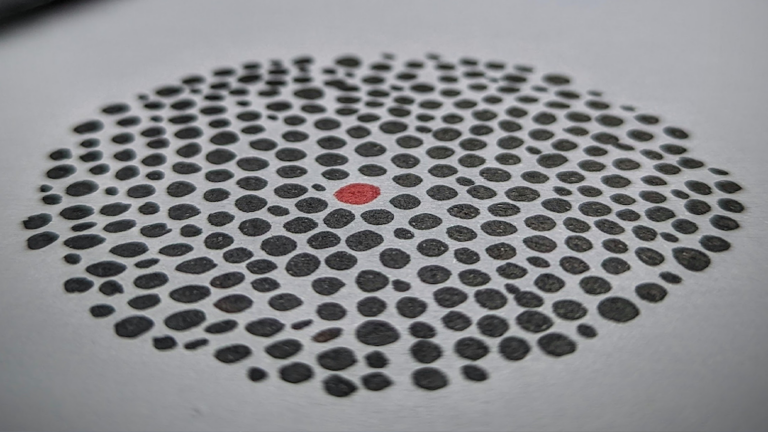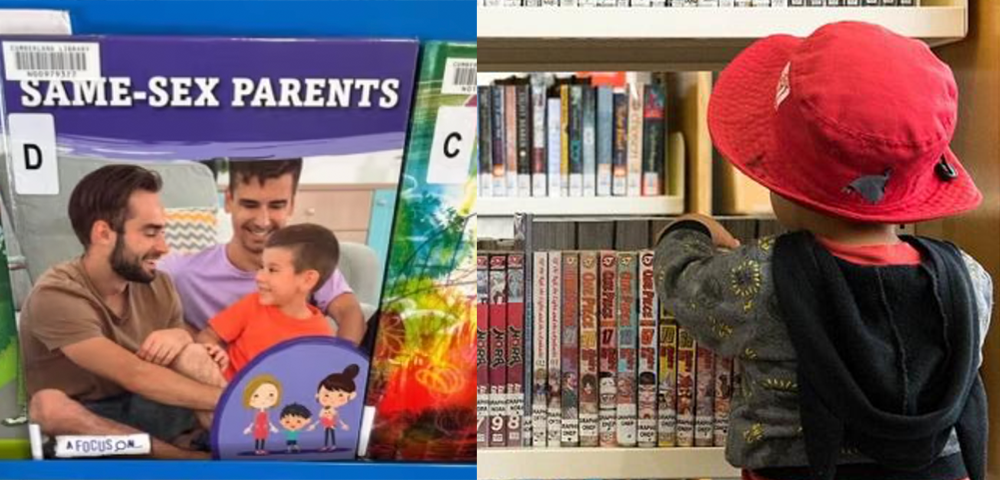
Under the radar
For many years health services have neglected lesbian sexual health, putting the money behind gay men and heterosexuals, causing this area to become extremely under-recognised and researched.
Recent figures have revealed that same-sex-attracted women under 25 have up to five times the rate of sexually transmitted infections (STIs) found in their heterosexual counterparts. ACON project officer for the Young Women Project and Western Sydney Lesbian Health Project, Siri May, says that lesbians have slipped through the cracks because of the misconception that their sex is not real and doesn’t involve STIs.
At the moment the biggest issue is starting an open dialogue about the matter both within our community and with healthcare providers, May said.
We are also examining what STIs are around for same-sex-attracted women, the sort of rates, types of transmission and how we respond to that as a community.
Reports have highlighted that women across the board are experiencing high levels of chlamydia. Unfortunately researchers are unaware of this rate within the lesbian community, as little effort has been made to find out their subjects’ sexual preference.
In general the STIs affecting lesbians are treatable, whereas hepatitis C and HIV have not been highly recorded.
Lesbians are mostly exposed to chlamydia, gonorrhoea and herpes human papilloma virus [HPV]. Most of these STIs are easily treatable and can be transferred through touch and body fluid exchange, she said.
Up to 8o percent of transmissions can be transferred through touch. HPV has been a factor in cervical cancer and can also be transferred through mutual masturbation, oral sex and penetration with sex toys.
The risk of infections also doubles not just when swapping sex toys between partners but with any insertion from the anus to the vagina.
Despite lack of information about HIV transmission, lesbians still need to take precautions, especially when participating in bloodletting or any type of blood sports.
Blood in any form has a high risk of any blood-borne virus and menstrual blood is no different. If someone has a laceration or piercing and they come in contact, it’s the same as any mixing of blood.
ACON’s main concern is not about scaring people but to de-stigmatise the issue and let the community know that chlamydia and gonorrhoea are easily transmittable and usually have no obvious symptoms.
There are only serious implications if the STI is untreated but they are easily treatable. If you have more than one sexual partner, it’s a good idea to get tested, May said
Make sure there is a high level of communication between you and your partner. Also use condoms on sex toys between partners and also when swapping between the anus and vagina. We recommended that you use gloves if you have any lacerations, including hang nails.
As lesbians are notoriously bad in accessing health services and don’t often disclose their sexual orientation, ACON is assuring women that they do see lesbian sex as real sex and also advising them to get a pap smear every two years.









